Sites
5
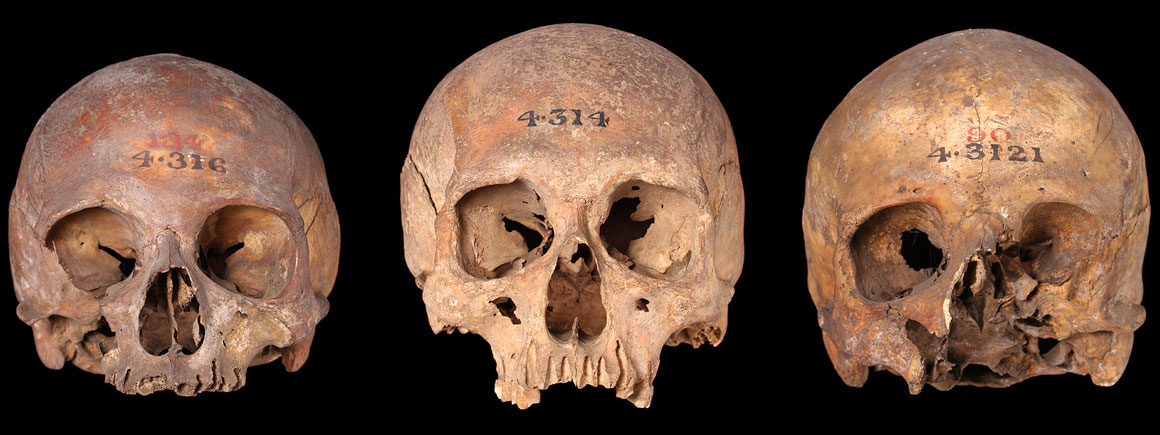
Medieval crania from London
5
8
The cranial remains of eight individuals, probably dating to the medieval period, were recovered from various locations in London. These originate from burial grounds and crypts.
These medieval remains were predominantly discovered in the latter half of the nineteenth century. As a result, varying degrees of detail are known about their context and the circumstances surrounding their discovery.
The remains were previously from private collections and were subsequently either donated directly to the Natural History Museum or transferred from the Royal College of Surgeons.
A cranium was disinterred from Bermondsey Abbey, assumed by the finder to be that of a monk. Bermondsey Abbey was founded in 1082 and closed in 1538.
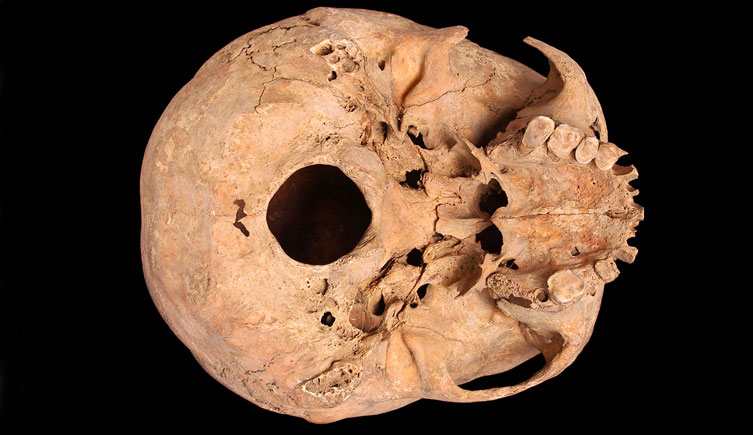
Basal view of cranium found at Bermondsey Abbey showing extensive tooth wear
The cranial remains of two individuals were found in 1843 in Cloth Fair, eastern central London.
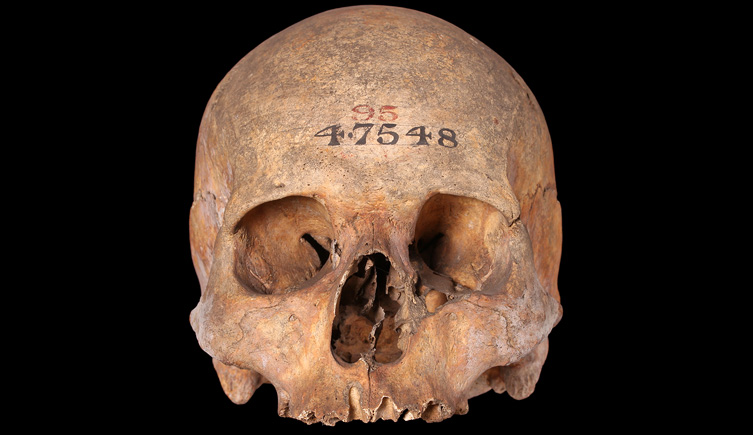
Cranium from Cloth Fair, London
A cranium was recovered from a tomb in Lady Chapel, Southwark, probably dating to the fifteenth or sixteenth century. The building was erected in the reign of Richard II (1377-1399) and Henry IV (1399-1413), after the previous building burnt down. Originally the Priory of St Mary Overie in Southwark, after the Dissolution of the Monasteries it became the Priory Church of St Savior, Southwark. It is today Southwark Cathedral.
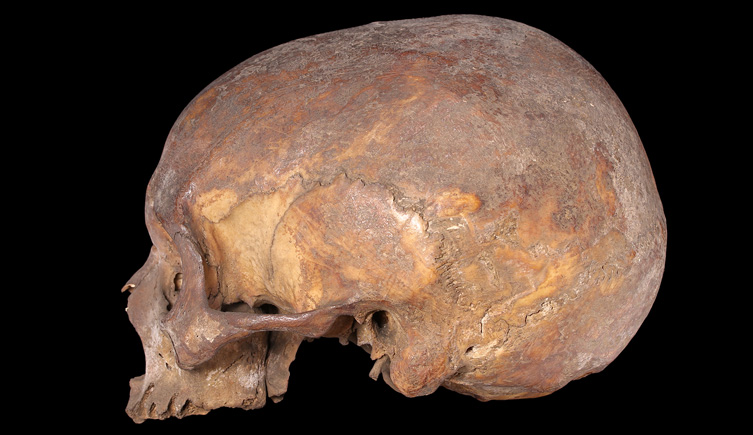
Cranium from Lady Chapel, Southwark. An osteoma can be seen on the parietal bone.
Two crania were found in 1844 at the west end of Newcastle Street, Farringdon Street, eastern central London. These two crania formed part of a large number of human remains found at a depth of about 1.5 metres during excavations for sewerage.
Also found were several abbey counters, pointing to the existence of a medieval cemetery. An ancient wall was also uncovered, although it was unclear whether this was a monastic edifice or Inn of Chancery.
Other human remains had previously been found about two metres down, at a distance of 6-9 metres farther east.
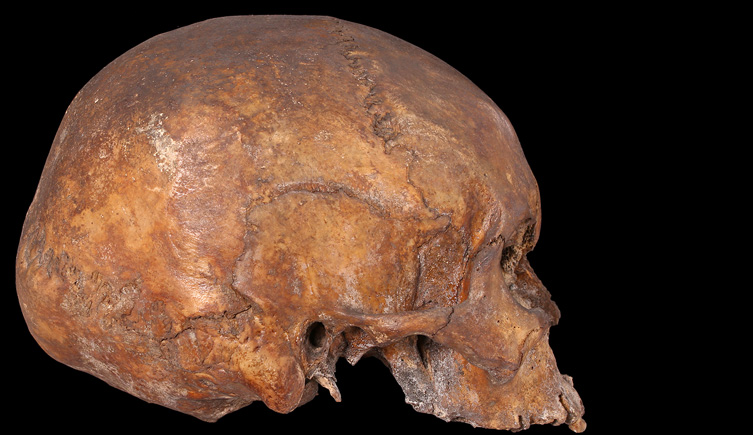
Cranium of adult individual found under Newcastle Street
Cranial remains (cranium and mandible) were found under the church of St Bartholomew-the-Great, London. The church was founded in 1123, then dissolved in 1539 and again in 1559. Other than the pre-dissolution burials, however, there have been several interments within the church and a large number in the churchyard that was established on the site of the nave. The remains are probably medieval in date, but cannot be dated more exactly than somewhere between 1123 and around 1800.

Calvarium of adult female from St Bartholomew the Great
The London human remains collection have been digitised
If you would like to use any specimens for research, please get in touch
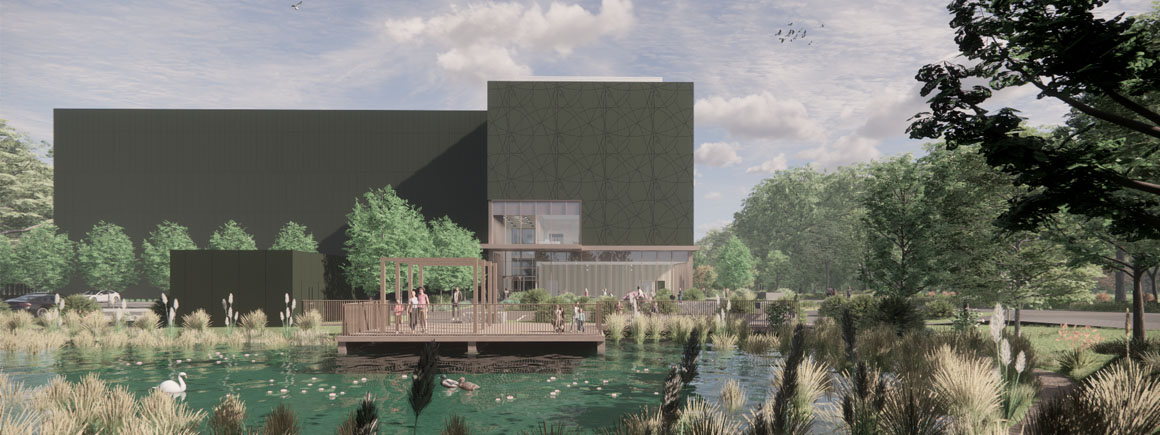
Access to some collections will be affected as we prepare for the move to our new collections, science and digitisation centre.
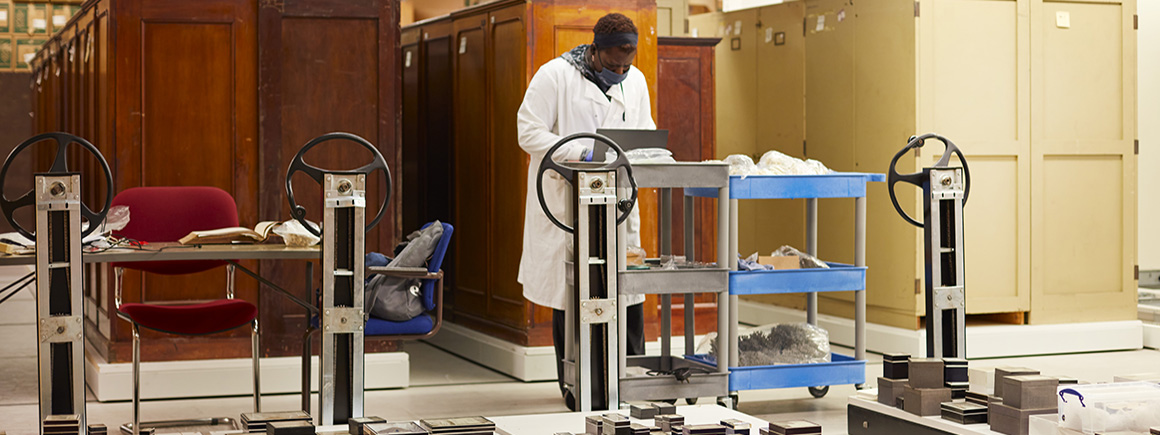
Scientists and collections management specialists can visit the collections and borrow specimens for research.
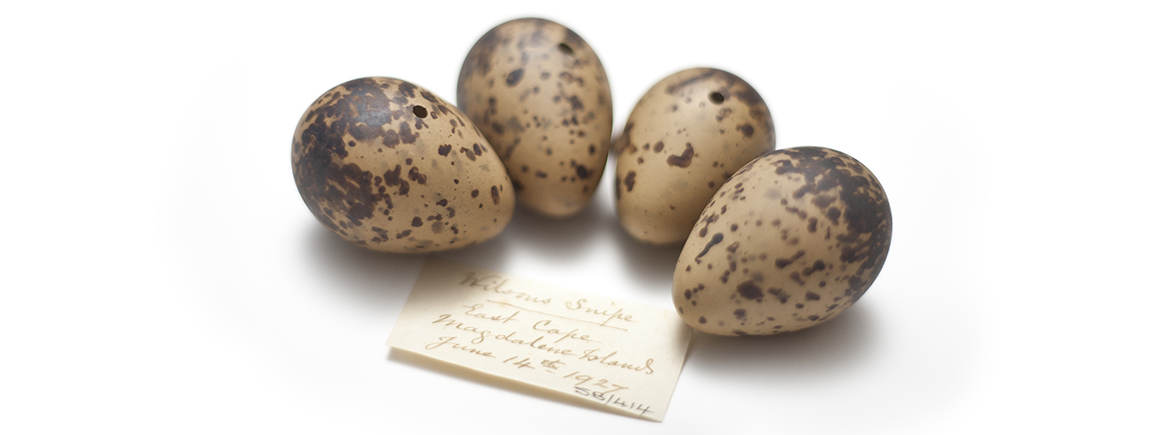
Our duty is to provide a safe and secure environment for all of our collections.